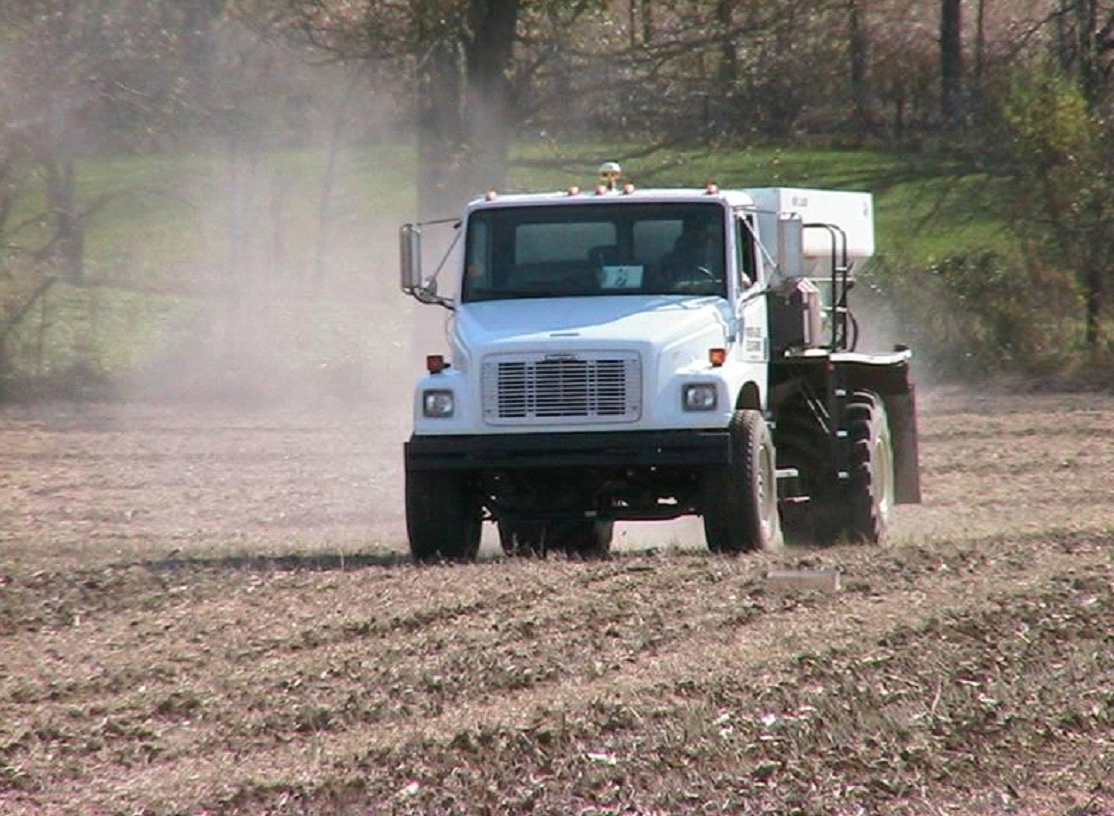Warnell School of Forestry and Natural Resources
-

This resource discusses getting rats and mice out of your house and yard.
Michel Kohl and Michael T. Mengak
|
-

This publication describes forest farming (also known as forest gardening), which can be defined as cultivation of plants under a forest canopy. It includes suggestions for appropriate plants for cultivation in the Southeast.
Holly Campbell
|
-

Lime mud is a by-product produced in pulp mills as part of the process that turns wood chips into pulp for paper. The pulp mill cooks wood chips with sodium hydroxide to extract the wood fiber used to make paper from the lignin that binds the wood together. During this process, sodium hydroxide is converted to sodium carbonate. The pulp mill than adds calcium oxide, also known as quicklime, to convert the sodium carbonate back to sodium hydroxide in order to use it again. In the process, calcium carbonate is formed.
Jason Lessl
|
-

AP 133-1
Hurricane Helene Impact Report
We estimate that Hurricane Helene’s damages to Georgia agriculture and forestry will cost the state economy at least $5.5 billion in 2024 present value. This figure represents the sum of direct crop losses, losses to firms that support agriculture and forestry, losses to workers in those and related industries, and the recovery and restoration costs that firms in these industries will face. The Georgia Forestry Commission is a collaborator with UGA on this publication.
Timothy Coolong, J.Michael Moore, Jake Price, Lenny Wells, Casey W. Ritz, Wade B. Parker, Jillian Bohlen, Lawton Stewart, Greg Colson, Walter Scott Monfort, Todd Applegate, Mary Sutton, Michael Adjemian, Camp Hand, Ted McAvoy, Zilfina Rubio Ames, and Ping Yu
|
-

Chemicals are applied to ponds and lakes to control aquatic weeds, to eliminate undesirable fish, to control undesirable insects and aquatic vertebrates, and to correct undesirable water quality problems. Pond owners are often confused by terminology, units of measure, and formulations. This publication explains how to safely and effectively use chemicals for pond management.
Gary J. Burtle and Jay Shelton
|
-

Proper fertilization and liming help maximize fish production in ponds. This publication describes how to effectively fertilize and apply lime to a pond for optimum fish production.
Gary J. Burtle
|